This is a list of resources and research articles relating to neurologic conditions, physical therapy and other interesting topics! We will continue to update this list with relevant information and links. (*this is not intended to serve as a blank check endorsement, but is a tool to connect you to further resources)
physical therapy links
American Physical Therapy Association (APTA)
Central Oregon Links
Parkinson's Links
Keeping Moving - Exercise and Parkinson's
Parkinson's Resources of Oregon
Multiple Sclerosis Links
MS Society Exercise Recommendations
Stroke Links
Brain Injury Links
SCI Links
Funding Opportunities
Service Animals
Pawsitive Chance - Service Dog Provider
Research
1. Ries E. Beating Burnout. PT in Motion. 2019;11(1):28-39.
2. Ditchman N, Sung C, Easton A, Johnson K, Batchos E. Symptom severity and life satisfaction in brain injury: The mediating role of disability acceptance and social self-efficacy. NeuroRehabilitation. 2017;40:531-543.
3. Kalina JT, Hinojosa J, Strober L, Bacon J, Donnelly S, Goverover Y. Randomized controlled trial to improve self-efficacy in people with multiple sclerosis: The Community Reintegration for Socially Isolated Patients (CRISP) Program. American Journal of Occupational Therapy. 2018; 72
4. Sakakibara BM, Miller WC, Routhier F, et al. Association between self-efficacy and participation in community-dwelling manual wheelchair users aged 50 years or older. Phys Ther. 2014;94:664–674.
5. English C, Healy G, Coates A, Lewis L, Olds T, Bernhardt J. Sitting and Activity Time in People With Stroke. Physical Therapy. 2016;96(2): 193–201
6. Manns P, Dunstan DW, Owen N, Healy GN. Addressing the nonexercised part of the activity continuum; a more realistic and achievable approach to activity programming for adults with mobility disability? Phys Ther. 2012,92:614-625
7. Kohl H, Craig C, Lambert E, et al. The pandemic of physical inactivity: global action for public health. Lancet. 2012;380:294–305.
8. Cavanaugh J, Ellis T, Earhart G, Ford M, Foreman K, Dibble L. Toward Understanding Ambulatory Activity Decline in Parkinson Disease. Physical Therapy. 2016;95(8):1142-50.
9. Outermans, J., Pool, J., Van de Port, I., Baker, J., Wittink, H. What’s keeping people after stroke from walking outdoors to become physically active? A qualitative study, using an integrated biomedical and behavioral theory of functioning and disability. BMC Neurology. 2016;16:137.
10. Rohatinsky, N., Goodridge, D., Rogers, M., Nickel, D. (2017). Shifting the balance: conceptualising empowerment in individuals with spinal cord injury. Health and Social Care in the Community, 25, 769-779.
11. Rimmer J, Wang E, Smith D. Barriers associated with exercise and community access for individuals with stroke. JRRD. 2008;45(2):315-322.
12. Clarke P, Black S. Quality of Life Following Stroke: Negotiating Disability, Identity and Resources. The Journal of Applied Gerontology. 2005;24(4): 319-336.
13. Carson AJ, Ringbauer B, MacKenzie L, et al. Neurological disease, emotional disorder, and disability: they are related: a study of 300 consecutive new referrals to a neurology outpatient department Journal of Neurology, Neurosurgery & Psychiatry. 2000;68:202-206.
14. Mammen G, Faulkner G. Physical activity and the prevention of depression: a systematic review of prospective studies. American Journal of Preventative Medicine. 2013;45:649-657
15. Sturm, J et al. Physical exercise through mountain hiking in high-risk suicide patients. A randomized crossover trial. Acta Psychiatrica Scandaniavica. 2012;126:467-475.
16. Scholten EWM, Kieftenbelt A, Hillebregt CF, et al. Provided support, caregiver burden and well-being in partners of persons with spinal cord injury 5 years after discharge from first inpatient rehabilitation. Spinal Cord. 2018;56(5):436-446.
17. Adelman RD, Tmanova LL, Delgado D, Dion S, Lachs MS. Caregiver Burden: A Clinical Review. JAMA. 2014;311(10):1052–1060.
18. Blake H. Caregiver stress in traumatic brain injury. International Journal of Therapy & Rehabilitation. 2008;15(6):263-271.
19. Oregon Office on Disability and Health. Demographics of Oregonians with Disabilities 2017. Portland, OR: Oregon Health & Science University; 2019. Available from http://www.ohsu.edu/xd/research/centers-institutes/oregon-office-on-disability-and-health/datastatistics/
20. Selhub EM, Logan AC. Your brain on nature. 2012. Mississauga, ON: John Wiley & Sons.
21. Keniger LE, Gaston KJ, Irvine KN, Fuller RA. What are the benefits of interacting with nature? Int J Environ Res Public Health. 2013;10(3):913–935.
23. Murphy et al. Implementation Science 2014, 9:31. http://www.implementationscience.com/content/9/1/31
24. Atkins, et al. A guide to using the Theoretical Domains Framework of behaviour change to investigate implementation problems. Implementation Science (2017) 12:77.
25. Ma V, Chan L, Carruthers K. Incidence, Prevalence, Costs, and Impact on Disability of Common Conditions Requiring Rehabilitation in the United States: Stroke, Spinal Cord Injury, Traumatic Brain Injury, Multiple Sclerosis, Osteoarthritis, Rheumatoid Arthritis, Limb Loss, and Back Pain. Archives of Physical Medicine and Rehabilitation. 2014; 95:986-95.
26. Gale Robinson- Smith, Self-Efficacy & Quality of Life After Stroke. Journal of Neuroscience in Nursing. April 2002. Vol 33 No 2
27. Williams, M et al. Psychosocial outcomes after TBI: life satisfaction, community integration, and distress. Rehabilitation Psychology 2014, Vol. 59, No. 3, 298–305.
28. Jones, F and Riazi, A. Self-efficacy & self-management after stroke: a systematic review. Disability and Rehabilitation, 2011; 33(10): 797–810.
29. Ditchman, N et al. Factors Impacting Sense of Community Among Adults with Brain Injury. Rehabilitation Psychology 2017, Vol. 62, No. 2, 130–142
30. Nicole Ditchman, Lindsay Sheehan, Sean Rafajko, Christopher Haak & KellyKazukauskas (2016) Predictors of social integration for individuals with brain injury: An applicationof the ICF model, Brain Injury, 30:13-14, 1581-1589
31 . Sander A, Clark A, Pappadis M. What is Community Integration Anyway?: Defining Meaning Following Traumatic Brain Injury. J Head Trauma Rehabil. Vol 25; No. 2 p 121- 127
